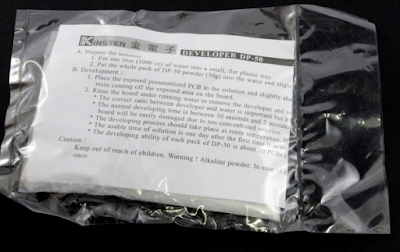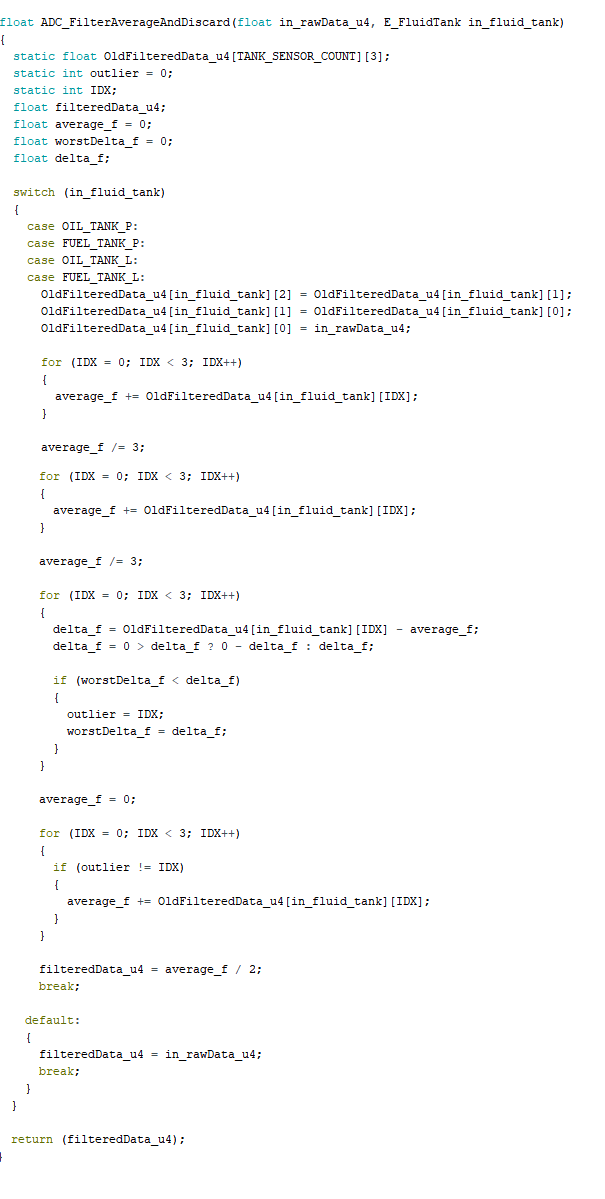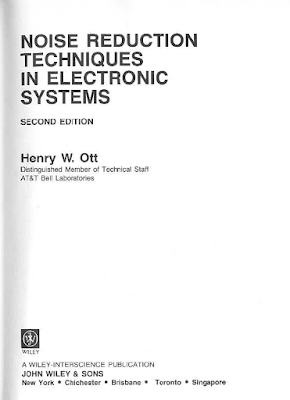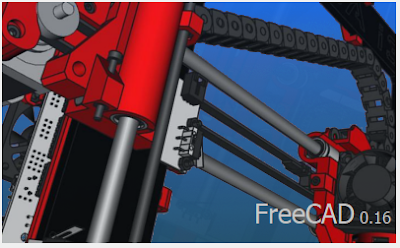As we all know that Arduino boards are low cost and are not designed to be used in a harsh environment. However, we can ruggedize these boards by adding proper protection circuitry so that it can be used for industrial environments.
One company in the States is designing ruggedized Arduino-compatible microcontroller boards and they posted on their website interesting ways to destroy the boards as well as the fix. Here is the link.
Friday, April 24, 2020
Implementing Ship Mode to Your Product
As the presence of global manufacturing and distribution increases, many original equipment manufacturers are looking for creative ways to extend battery life during shipping and shelf life at big-box warehouses. Keeping the battery sufficiently charged during shipment enables a consistent out-of-box experience for the end-user. A solution that has gained popularity is the use of a ship mode feature that keeps devices in a low-power state during shipment and while on the shelf. Here is my solution using a load switch from TI, TPS22915B.
This is how the circuit works. Before the button is pressed, the solution is in ship mode, meaning that the system is not powered and theTPS22915B load switch is turned off. When the button is pressed, the voltage from the battery is passed through the PMOS to the ON pin of the TPS22915B. The voltage enables the TPS22915B, brings VOUT high, turns off the PMOS, and powers the system. The ON pin is pulled up to VOUT, which keeps the load switch enabled even after the button is released.
This is how the circuit works. Before the button is pressed, the solution is in ship mode, meaning that the system is not powered and theTPS22915B load switch is turned off. When the button is pressed, the voltage from the battery is passed through the PMOS to the ON pin of the TPS22915B. The voltage enables the TPS22915B, brings VOUT high, turns off the PMOS, and powers the system. The ON pin is pulled up to VOUT, which keeps the load switch enabled even after the button is released.
Wednesday, April 1, 2020
Making your own PCB by Etching method
1) Artwork Printing:
Print your artwork on a transparent sheet.2) Exposing:
Kinsten Presensitized PCB is using for this prototype as it is low cost and easy to work. Remove light-proof protective film and expose the board in the Kinsten UV exposure box for 90 seconds.Align the artwork with the PCB inside the vacuum clamp, leave it inside the exposure box for about 5 minutes.
3) Developing:
A sachet of DP-50 developer is mixed with 1 liter of 25°C water in a plastic container. The exposed PCB is gently agitated in solution. The exposed areas of resist will dissolve into the solution, leaving the green resist in areas that were not exposed to UV light as below.4) Etching:
Etching copper is done in the Kinsten Etching Tank for 4 to 10 minutes. Pour enough etching solution (Ferric Chloride or Ammonium Persulphate) into the tank and immerse the board. Use the air pump to allow the etchant to be bubble agitated until the unwanted copper foil etched away, only the circuit patterns left. Rinse the board with plenty of water.Remember “Safety First” always wear rubber gloves and protective eyewear when working with this etching compound. Kindly take note, once you've etched your board, the leftover solution should not pour it down the drain (legally). Take it to a hazardous waste facility.
Here is the final outcome. To get better results, make PCB trace thickness at least 10 or 12 mil and leave the wider gap between trace and GND copper pour.
Friday, March 20, 2020
Estimating Product life Span
In order to predict the lifetime of a product, manufacturers usually conduct accelerated temperature & Humidity test. We usually conduct the accelerated test under the conditions that are much more severe than the actual operating conditions and record test hours, time-to-failure. Then we estimate/ calculate the product life-span using Peck's Power Law.
In the below example, the estimated lifetime of the product under test is 12 months if it survives for 96 hours at 80 °C with 90% RH. Assuming the product normal upper operating limit of 40 °C and 50% RH, we have got acceleration factor 92.48.
In the below example, the estimated lifetime of the product under test is 12 months if it survives for 96 hours at 80 °C with 90% RH. Assuming the product normal upper operating limit of 40 °C and 50% RH, we have got acceleration factor 92.48.
Digital filtering technique , ADC Filter
A digital filter system usually consists of an analog-to-digital
converter (ADC) to sample the input signal, followed by a microprocessor and
some peripheral components such as memory to store data and filter coefficients
etc.
Program Instructions (software) running on the
microprocessor implement the digital filter by performing the necessary
mathematical operations on the numbers received from the ADC.
Here is a simple digital filter which identifies and reject
transient response signal. It basically returns average of best two samples of
the last three. The third sample is discarded.
Algorithm:
1. Calculate the average of the last 3 samples
2. Identity the sample furthest from the mean value (which
is the outlier)
3. Discard the outlier and average the remaining two samples
4. Returns float value of the averaged data (y(i)).
Friday, February 21, 2020
Friday, August 2, 2019
Reference Book and PCB Design Guidelines
Book Link is Here..
This is an old book but still useful and good techniques to reduce noise in electronic systems.
This is one of the best guidelines I have come across.
Thursday, May 30, 2019
Clearance Holes for Metric Fasteners
When we do PCB board design, it is good to know how much clearance we need for screw holes. General Screw size and clearances for holes can be seen in the table below.
PCB Design : Via Current Carrying Capacity
Maximum via current carrying capacity can be calculated using Saturn PCB Design Toolkit
Commonly used via size and current carrying capacity are as below.
Friday, May 3, 2019
Wednesday, January 9, 2019
Absolutely free and easy to use Software Tool for Engineers
1) gerbv - A Free/Open Source Gerber Viewer
You can download the source code from this page.
2) View 3D objects with STP viewer
Subscribe to:
Posts (Atom)
Ultra-Precise, Current-Sense Amplifier
This ultra-precise current sense amplifier that can measure voltage drops across shunt resistor, R1 over a wide common mode range from 2....

-
Voltage divider resistor network is used to step monitored voltage down to the range as necessary for A/D conversion. Passive low-pass f...
-
Import Changes from Schematics to PCB in Alitum as below. 1) Compile the Project 2) Design >> Import Changes From XXX.PrjPCB 3)Execut...

























